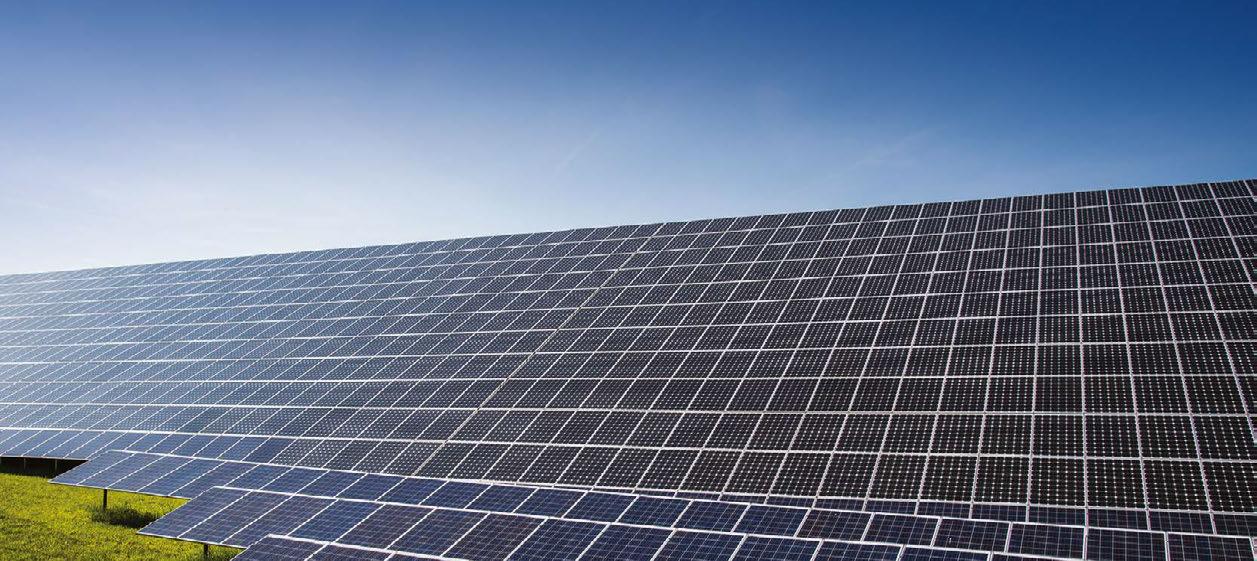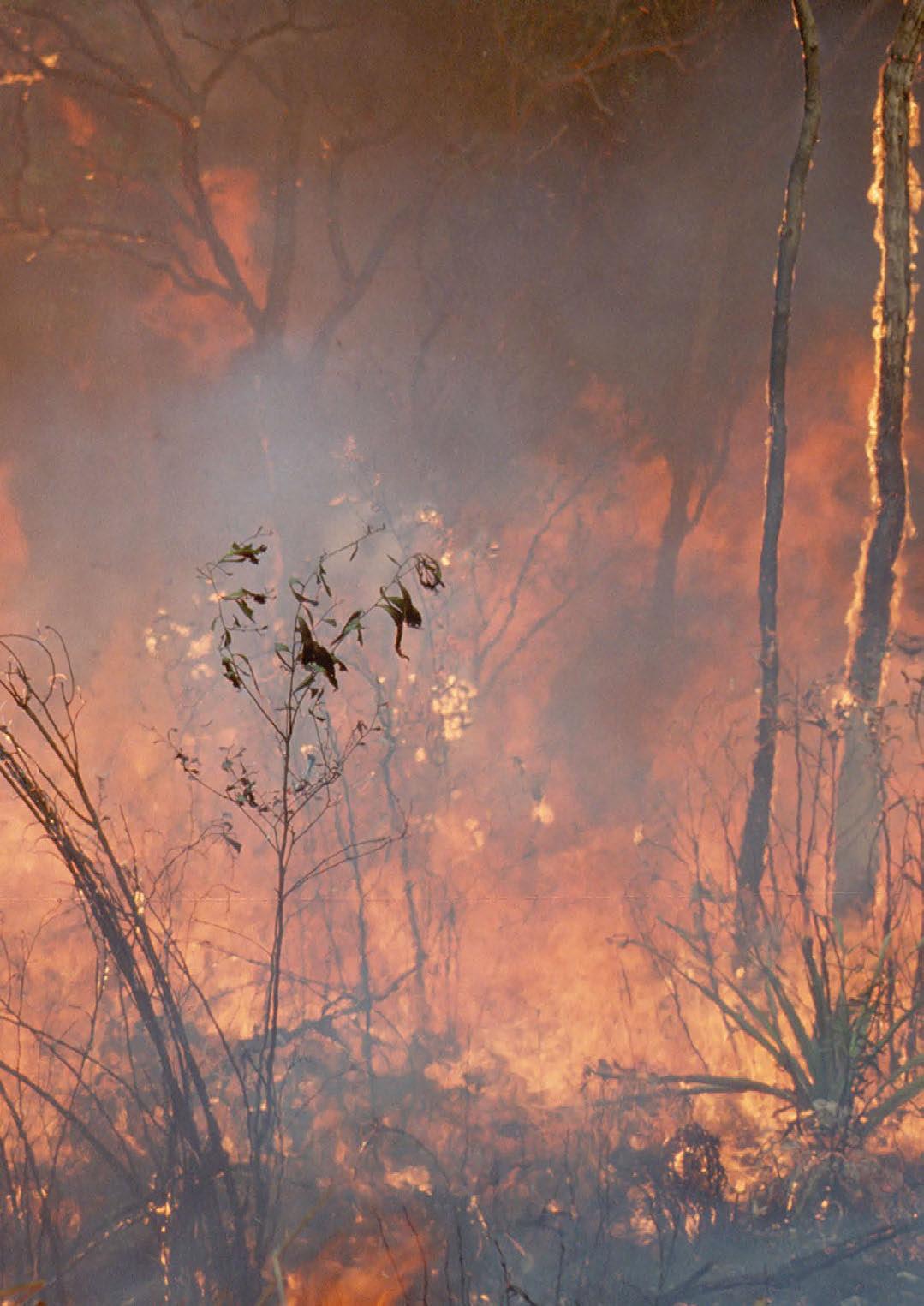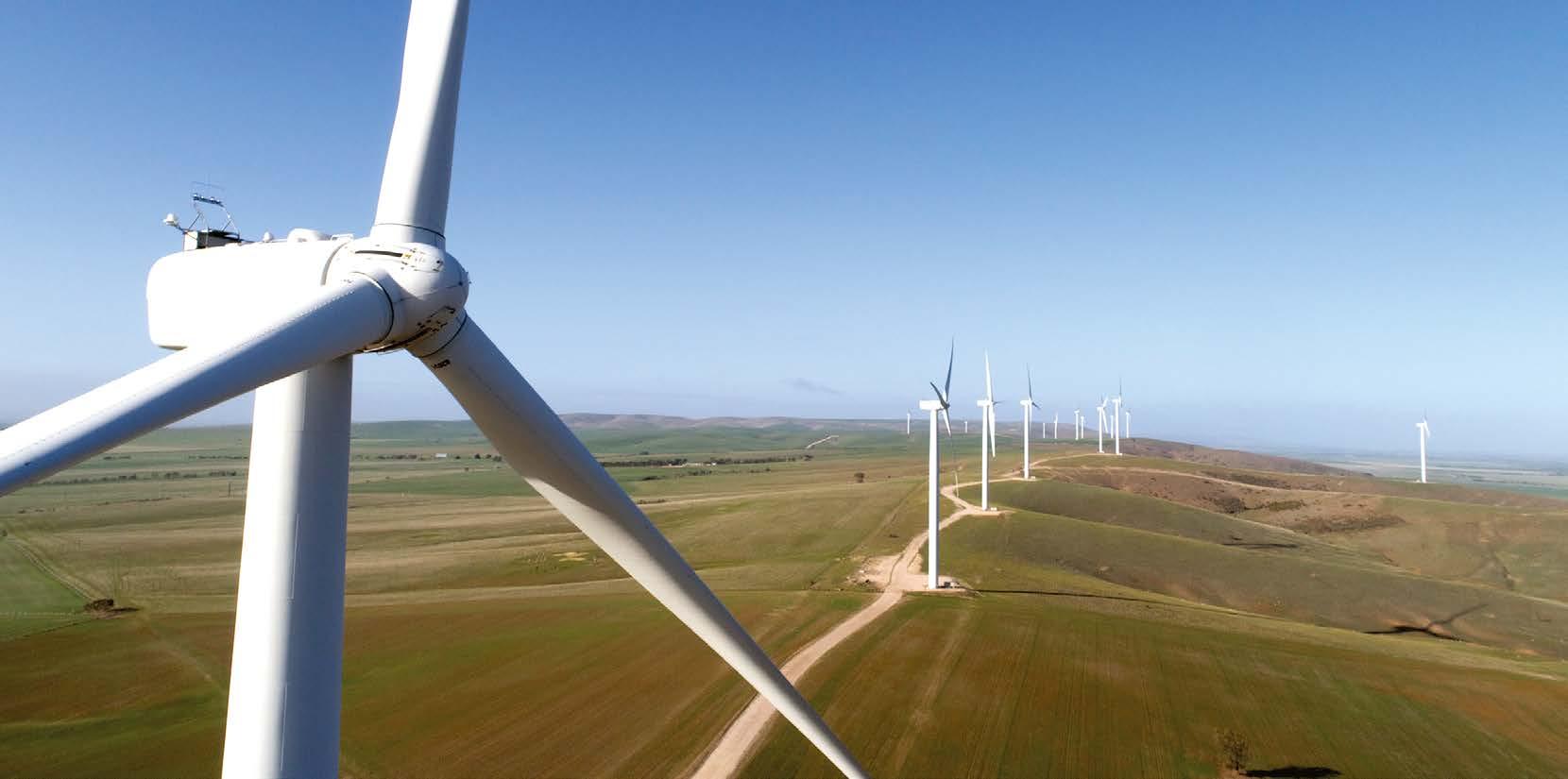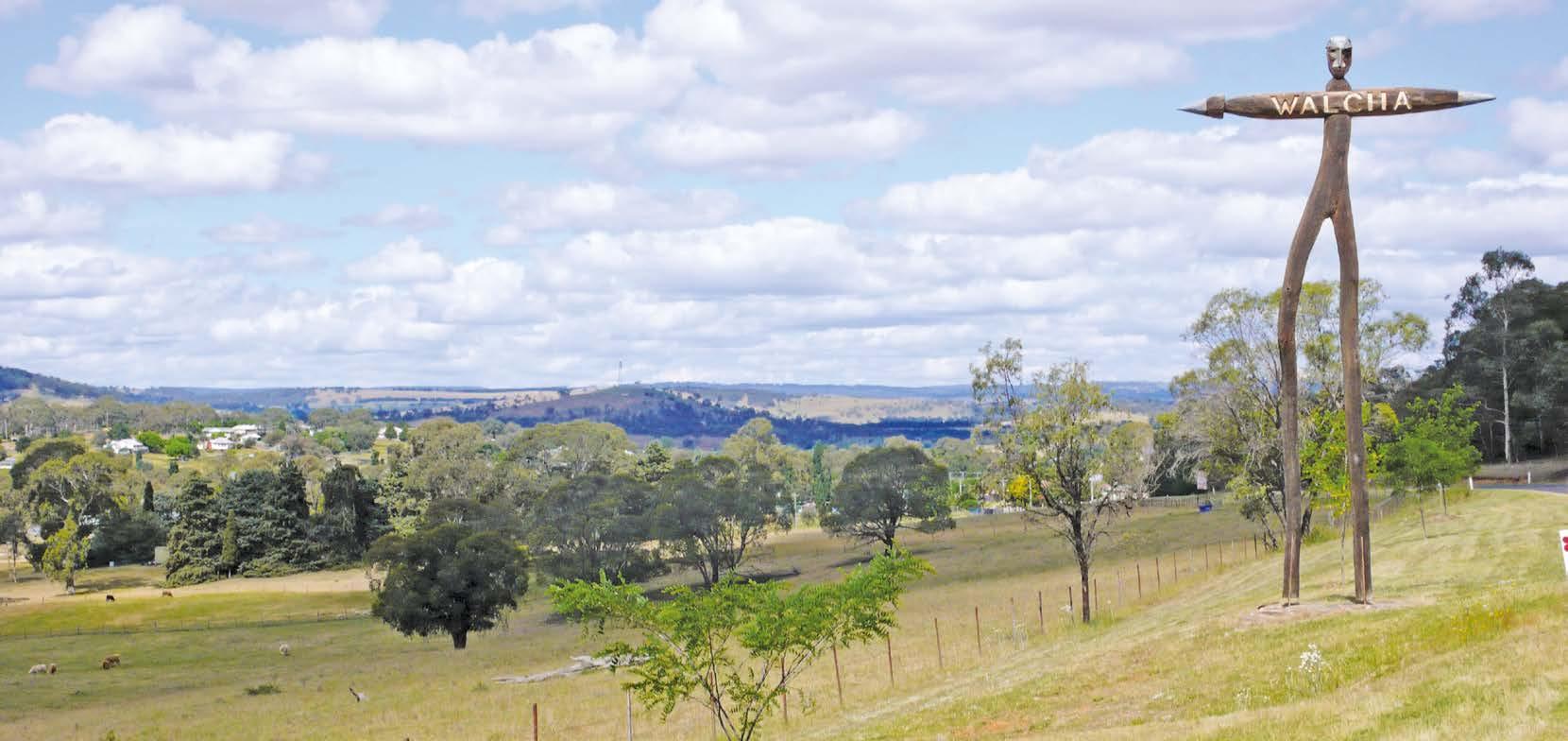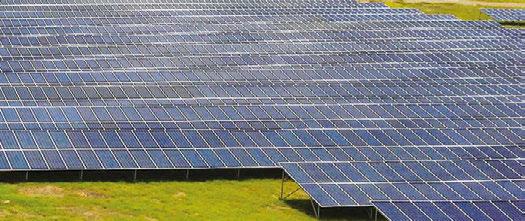CLIMATE EMERGENCY
WEATHER GONE WILD: climate change-fuelled extreme weather in 2018 THE MOST RECENT Climate Council report was released on the ten-year anniversary of Black Saturday and while bushfires in Tasmania were engulfing 1000-year-old forests. The widespread destruction and intensity of suffering caused by extreme weather events cannot be overstated, and these events are becoming increasingly common. The Climate Council report listed the key findings as follows: • Nine of the 10 hottest years on record in Australia have occurred since 2005 • Climate change is increasing the frequency and/or severity of extreme weather
• Globally, economic losses associated with weather-related disasters in 2018 are estimated to be US$215 billion • Insurance companies in Australia paid out more than $1.2 billion in claims following major extreme weather events during 2018 • The current drought in eastern Australia is forecast to cut the country’s GDP growth in 2018-19 by up to 0.75% or $12.5 billion, and • Ocean temperatures in 2018 were the warmest on record, surpassing the previous record set in 2017. Temperatures nudging 50°C, bushfires ravaging rainforests and people at increased risk of cardiac arrests because of heatwaves – this is the new normal for Australia and it’s being driven by climate change.
Cameras outside the International Space Station captured a stark and sobering view of Hurricane Florence the morning of 12 September 2018 as it churned across the Atlantic in a west-northwesterly direction with winds of 130 miles an hour. Image courtesy of NASA


